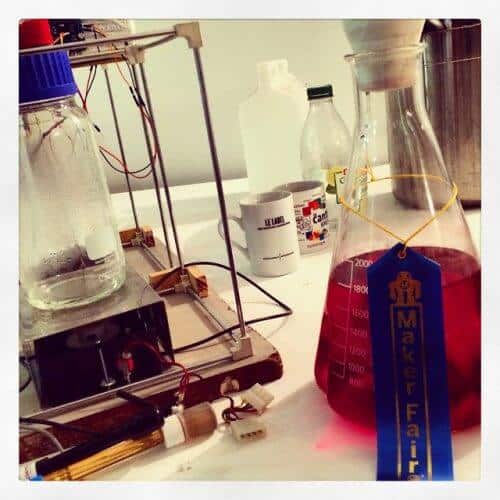As the ability to edit genes evolves, plant researchers have developed better ways to use their molecular tools inside cells.

Crop yield and water use efficiency can be improved through the use of better garden editing techniques. When agricultural engineers from around the world gathered in London at the end of October, their research goals were ambitious: to develop rice that uses water more efficiently, grains that need less fertilizer and cassava that photosynthesizes in 'turbo' mode.
The 150 workshop participants flooded her with abundant ideas for molecular gadgets. Thanks to advances in the automation of synthetic biology, several projects boasted over a thousand engineered genes with other molecular tools, but they often failed to achieve their goal. Old-fashioned methods of creating plants with personalized genes - a process known as transformation - are cumbersome and slow.
According to Giles Oldroyd from the John Innes Center in Norwich, UK - the most important thing is to improve the transformation of the plant. Dan Wyatts, a plant biologist at the University of Minnesota in St. Paul wonders: "We have powerful chemicals, but how do we get them into the cells?"
At the center of the discussion is a decades-old problem: it is difficult to change the plant's genome and then regenerate the entire plant from a few transformed cells. Gene-editing techniques such as CRISPR-Cas9 today enable the most sophisticated crop engineering ever imaginable, which makes it all the more frustrating when researchers run into an old roadblock.
On September 28, the US National Science Foundation (NSF) announced steps to overcome this frustration when it announced that it would fund research into better transformation methods. This is one of the four emphases in the plant genome research program that will receive a budget of 15 million dollars.
"Everybody agrees that this is really the bottleneck for genome engineering," says Neil Stewart, a plant biologist at the University of Tennessee, Knoxville, who co-organized the NSF Workshop on Plant Modifications that took place in November. "And I think there's enough interest right now to try to come up with ways to solve the problem at least for major crops."
Stubborn plants such as the white thoracentrum used as a sort of laboratory mouse of the plants can be genetically modified using a bacterium that can plant new genes. Researchers insert the genes they want to test into the bacterium (Agrobacterium tumefaciens), and then convince the bacterium to infect the reproductive cells of the plant. When the plant reproduces, some of the offspring express the new genes.
But it doesn't work in many crops, and the use of agrobacteria requires additional testing from government agencies such as the US Department of Health because it can make the plant harmful. As an alternative, researchers can use "garden guns" made of gold beads coated with DNA for plant cells. These cells bathed in growth hormones are the cause of complete plant regeneration. Certain plants, such as corn, respond well to this treatment. Others, such as wheat and sorghum, do not.
In recalcitrant tumors, the process may take months of careful cell culture work - optimization of growth conditions and hormone concentrations - to fully regenerate. The conditions necessary for success may vary not only between different crop types but also between plants of the same species.
"Experts in plant transformation are a rare breed," says Joyce Van Eck, one such expert at Cornell University in Ithaca, New York. "There is a lot of art in what we do," she said at a workshop in London. "It's hard to find people with training. Add to that a lack of funding for new methods, and researchers are forced to rely on decades-old techniques."
Stewart and his partners have developed a robot that performs a process known as protoplastic transformation more quickly and accurately than is possible manually. The method uses enzymes to digest the cell wall, making it easier for researchers to insert new genes. The problem of regenerating the entire plant, however, remained the same. The researchers used a similar approach, without robots, to edit the CRISPR-Cas9 gene editing system in a variety of plants, including lettuce and rice.
Cell culture steps are still difficult. Stewart says one person in his lab has been working unsuccessfully for years to improve a tall grass that he uses for biofuel research. However, the decreasing cost of enzymes allows researchers to perform more experiments, and robotics improves productivity.
Others, such as Freddie Altpeter of the University of Florida in Janesville, are looking for a suite of genes that, when turned on or off, will cause transformation and regeneration in plant cells. "I think this will lead to a much wider application of this technology, allowing people who are not cell culture experts to make these improvements," he says.
But researchers can't afford to wait for these developments, says Oldroyd. His project, which aims to develop grains that will use nitrogen from the soil more efficiently, is testing hundreds of transgenes using the old, cumbersome methods. "We just have to be patient," he says.
to the article in Nature
More of the topic in Hayadan:
